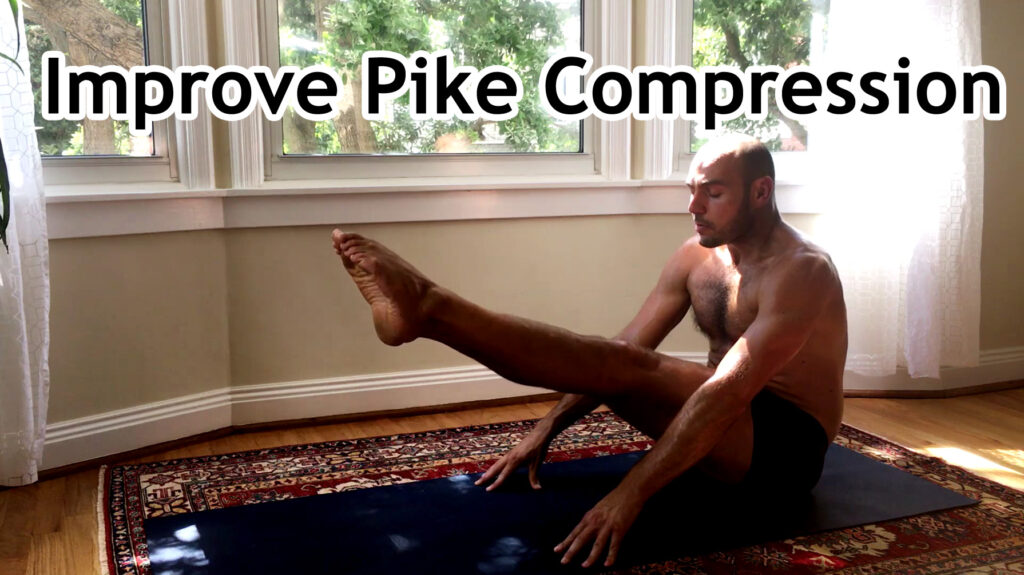How to Improve Active Pike Compression

Pike compression is the ability to bring your legs up (toward your face). Improving this quality is crucial for many bodyweight exercises and often a major weak point for many. It will help make the L-sit feel easier, help improve the V-sit and even provide the compression necessary for a pike press handstand.
In the following video, we do 3 sets of seated piked leg lift variations that helps strengthen your hip flexors with an interim pike stretch that helps stretch your hamstrings. This exercise doesn’t require any equipment whatsoever, so, while it may be hard, you have less excuses to not go through with it.
I like to dedicate a few minutes to stretching my hamstrings before I do these so they reduce the effect of putting the brakes on the whole operation. If you don’t have the range necessary to do the exercise in question because your flexibility is limiting you, then you need to stretch for it beforehand.
Why do my thigh muscles suffer the most during these leg lifts or during L-sit practice? Is it from a lack of flexibility or strength?
It’s often both. The quads/hip flexors (muscles at the front of the hip and thigh) have to work hard to keep the hips flexed (legs up)… and the calves have to point the toes… and if the hamstrings (opposite/antagonistic to the quads) are tight, they will essentially be stretched near their end range and essentially act like it’s putting the brakes on the whole operation making it even harder to lock the knees. Usually tightness and weakness go hand in hand. You may have strong hip flexors, but they’re probably not strong in that position where maximum hip flexion is required.
Now that you’ve strengthened the hip flexors… learn how to stretch them effectively with the perfect low lunge!






